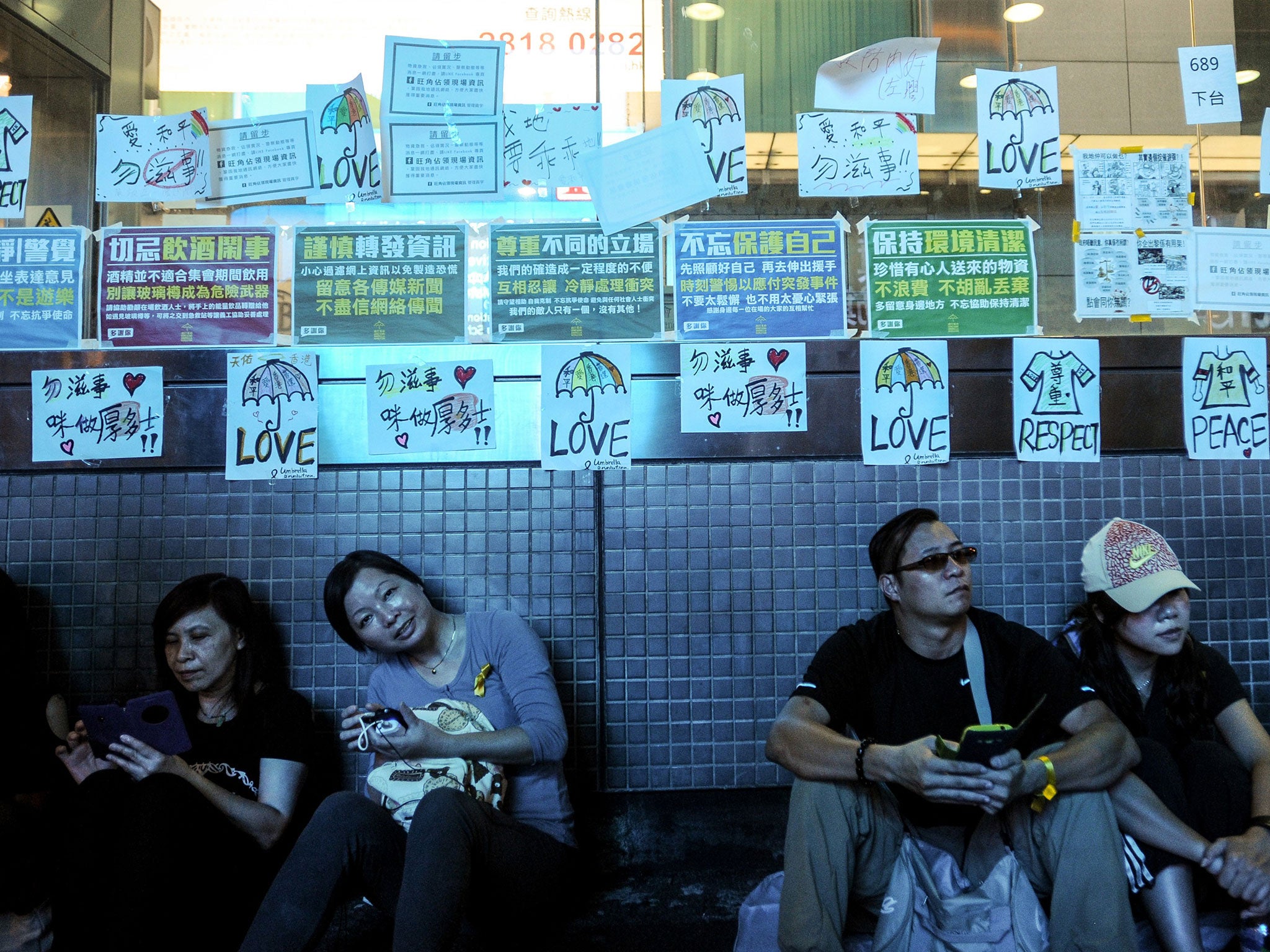Hong Kong protests: China 'could be' using iPhone app to spy on protesters
Security firm suggests Chinese government behind malware targeting iPhone users
The Chinese government could be using malware that targets iPhone users in order to spy on pro-democracy protesters in Hong Kong, a security firm has said.
Following China’s blocking of Instagram in a bid to stop images of the protests being shared, and the blocking of the phrase “Occupy Central” from the Chinese version of Twitter, Weibo, it has been suggested that the Chinese government is now behind new malware being used to spy on protesters.
Researchers at Lacoon Mobile Security claim to have found malware specifically targeting iOS devices, stating it is related to a similar piece of spyware purporting to be an Occupy Central app, targeting protesters on Android devices, which was discovered last week.
The researchers believe that “a very large organisation or nation state” such as China is likely to be behind the new malware targeting iPhones, because the attack is being executed by Chinese-speaking people, which could link it to the “Chinese government’s cyber activity”.
The spyware app, dubbed Occupy Central and discovered last week, was spread among protesters after it was sent to devices through a WhatsApp message, asking people to download what is now known to be a fake Occupy Central app for the “coordination” of the protests.
Those who installed the app left themselves open for personal information such as their contacts, browsing history, text messages and their approximate location to be accessed by the app’s creators.

But independent researchers have questioned the viability of Lacoon Mobile Security’s findings, claiming there is no evidence that the new iOS malware has been used against Hong Kong protesters, as it needs a “jailbroken” iPhone in order to be installed. Jailbroken phones have been configured to let users download unauthorised apps.
“There is no proof that this malware was ever distributed to anyone, Claudio Guarnieri, a researcher who investigates malware attacks for the University of Toronto, told Mashable.
“There’s no proof it was used by the Chinese Government,” he added.
Lacoon Mobile Security’s own Senior Security Researcher, Daniel Brodie, admitted the firm had not witnessed an “actual” infection from the malware.
“Since we have not witnessed an actual infection, anything from there on is speculation based on what we saw on the servers,” he told Mashable.
Join our commenting forum
Join thought-provoking conversations, follow other Independent readers and see their replies
Comments